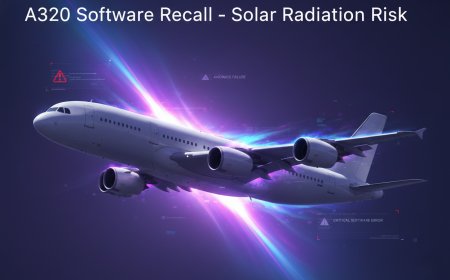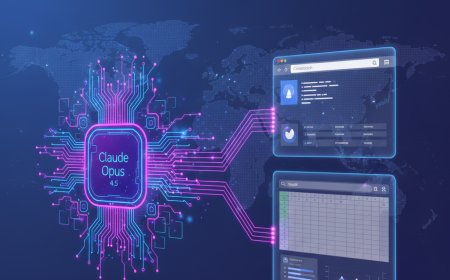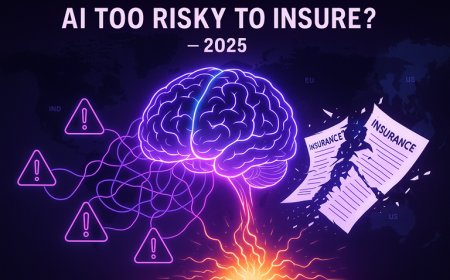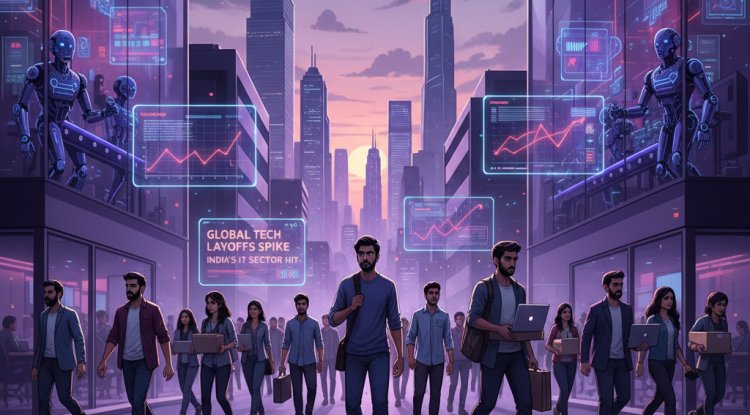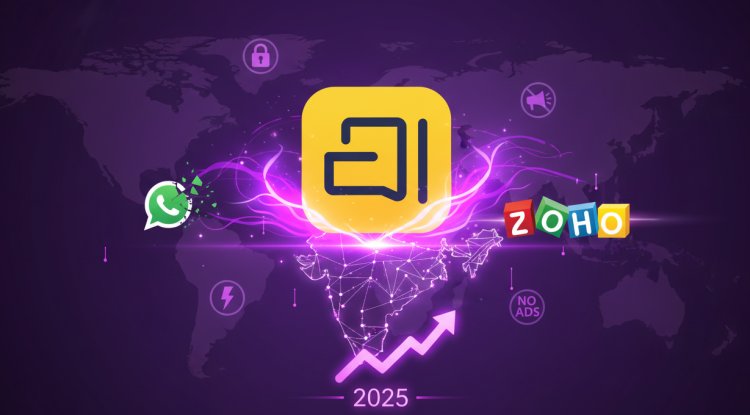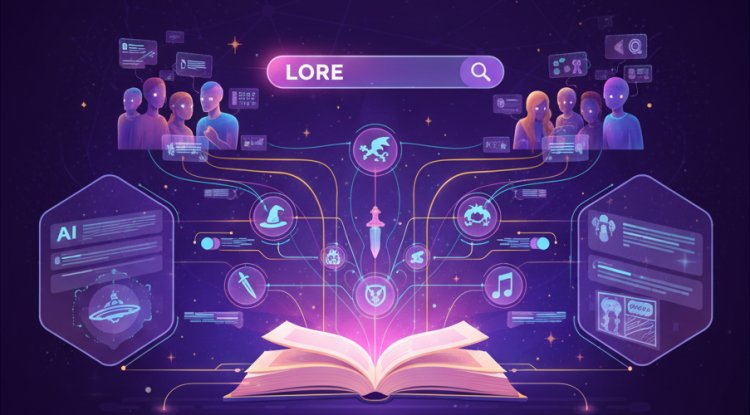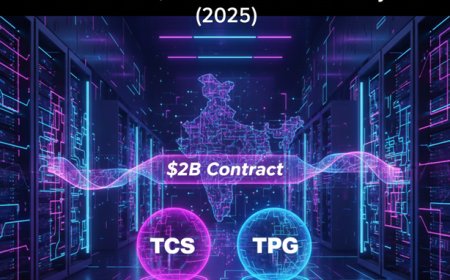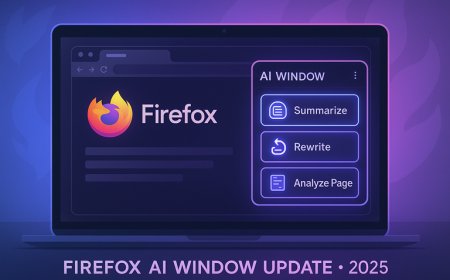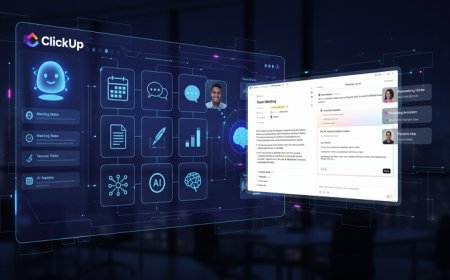Meta Signs 1 GW Solar Power Deals to Fuel AI Data Center Growth in 2025
Meta has secured over 1 gigawatt of new solar capacity this week, driving the company’s sustainability efforts to support its fast-growing AI data centers. Learn how these record-breaking renewable energy purchases are reshaping tech’s carbon footprint, with fresh scrutiny on certificates, grid impact, and climate leadership.
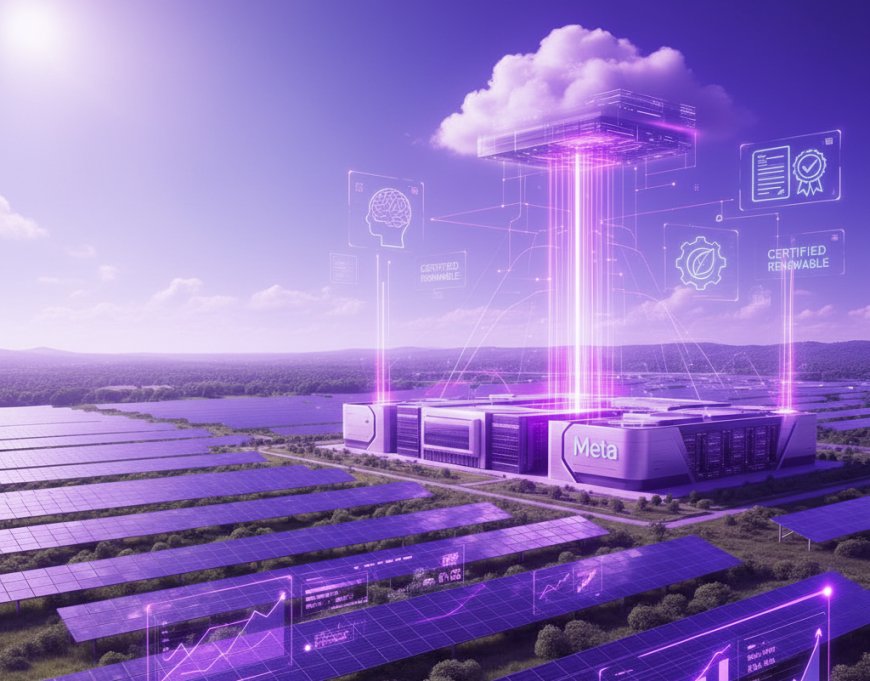
Meta Signs 1 GW Solar Power Deals to Fuel AI Data Center Boom in 2025
In a landmark move for sustainability and big tech, Meta has announced the signing of three major solar deals, securing nearly 1 gigawatt (GW) of renewable power in a single week. This development brings Meta’s total solar procurement for 2025 to more than 3 GW, putting the company at the forefront of the ongoing green energy transition in the technology sector. As demand for artificial intelligence (AI) and hyperscale data centers skyrockets, Meta’s energy strategy points to a pivotal shift in how global tech giants power their largest ambitions.
Meta’s AI Ambitions Drive Record-Breaking Solar Purchases
The rapid growth of AI workloads—spanning everything from generative models to real-time social products—demands exponentially more computing, storage, and energy. Meta’s newly inked deals are set to supply clean power to its expanding fleet of data centers across the U.S., strengthening its commitment to sustainability and the pursuit of net zero emissions by 2030.
- Key Deals in 2025: The centerpiece is a 600 megawatt (MW) contract in Texas with a major solar farm near Lubbock, set to come online by 2027. The power generated, while not directly piped to Meta’s data centers, will be fed into the local grid—offsetting facility usage and enhancing Texas’s renewable footprint. In Louisiana, Meta signed two more agreements, totaling 385 MW, which will rely on the purchase of environmental attribute certificates (EACs) to account for clean energy use.
- Broader Impact: These deals push Meta’s solar procurement above 3 GW this year, reinforcing its place among the top U.S. private buyers of renewables. For context, that’s enough capacity to power hundreds of thousands of average homes—and rivals the annual demand from some small nations.
How Do Solar PPAs and Environmental Attribute Certificates Work?
Much of Meta’s green energy acquisition is based on power purchase agreements (PPAs), long-term contracts that ensure new solar capacity comes online to meet projected loads. PPAs not only accelerate the transition to renewables but also lock in more predictable energy costs for big tech players.
For projects where physical delivery isn’t possible, Meta leverages EACs—a mechanism that “matches” electricity use in its data centers with an equivalent amount of renewable power injected elsewhere on the grid. While EACs are effective for helping companies reach net zero targets, they are not without controversy; critics argue that certificates sometimes overstate the actual environmental benefit if they’re not tied to new capacity. Still, EACs remain a key part of the modern corporate climate playbook, and regulators are pushing for new rules ensuring each added certificate reflects genuine new renewable production.
Addressing The Carbon Footprint Of AI
The emergence of large-scale AI—particularly generative models requiring massive processing—has placed new scrutiny on the tech sector’s environmental impact. Data centers, which serve as the backbone for everything from social media to advanced AI, now account for a growing share of global electricity usage. As Meta steps up its solar investments, it faces pressure to ensure that its clean energy procurement scales with its AI ambitions, and that its offset strategy continues to meet evolving public and regulatory expectations.
Industry Context: The Tech Race for Renewable Energy
Meta isn’t alone in its green energy sprint; the entire tech industry is racing to secure low-carbon power as shareholders, regulators, and customers demand transparency and climate leadership. While Meta’s 2025 solar deals are among the largest to date, both the size and sophistication of renewable strategies—blending on-site solar, grid PPAs, storage, and trading—are increasing across Silicon Valley and beyond.
- Competing Visions: Microsoft and Google have also committed to operating on 100% carbon-free energy within the decade. AWS (Amazon Web Services) continues to expand its investments in wind and solar, building dedicated energy projects for its own infrastructure and customer workloads.
- The Net Zero Challenge: The International Energy Agency projects that data center energy demand could triple by 2030, with AI and cloud workloads as the main drivers. This amplifies the importance of deals like Meta’s — and puts pressure on power markets to keep pace with digital expansion.
Criticism, Transparency, and What Comes Next
Meta’s approach, while widely celebrated, is not without critics. Environmental advocates note that while EACs and grid-based PPAs help, ultimate climate leadership requires companies to encourage and fund the creation of brand new renewable energy—ideally, in regions close to their highest consumption centers. As the cost of solar and wind continues to fall, advocates argue that major tech companies should go further by financing new projects directly and supporting battery storage, grid upgrades, and innovation in baseload renewables.
TechCrunch’s recent report dives deeper into both the promises and pitfalls of Meta’s strategy: Meta bought 1 GW of solar this week.
Meta’s Official Sustainability Goals and Plans
On its climate and energy strategy page, Meta outlines its commitment to match 100% of global operations with renewables, invest in community-scale clean energy, and apply AI to improve energy efficiency and carbon accounting.
Many of Meta’s newest data center contracts are tied to regional development commitments, supporting local infrastructure, workforce development, and enhanced grid resilience. Their 2025 sustainability report details progress and next steps.
What Does This Mean for the Future of Tech and Clean Energy?
Meta’s latest announcement signals yet another escalation in the energy arms race among global tech giants. As the company adds more sophisticated AI services to its portfolio—requiring still more data centers—the intersection of digital infrastructure and climate responsibility will become even more vital. In parallel, governments, utilities, and independent energy providers are adapting by launching regional green energy zones, flexible grids, and dynamic regulatory models to support the internet economy’s climate ambitions.
Further Reading & Sources
- TechCrunch: Meta's $1 GW solar power deal
- CarbonCredits: Meta emission offset analysis
- Meta Sustainability Portal: Energy Strategy
- Meta 2025 Sustainability Report (PDF)
See also: AI Infrastructure and Sustainability on Code24 for further insight into AI and cloud industry green initiatives.
Sneak peek: The next wave of sustainable tech won’t just be about signing bigger renewable deals—it will be about true additionality, transparency, and measurable impact as the industry aligns with global climate goals.
What's Your Reaction?
 Like
1
Like
1
 Dislike
0
Dislike
0
 Love
0
Love
0
 Funny
0
Funny
0
 Angry
0
Angry
0
 Sad
0
Sad
0
 Wow
0
Wow
0

